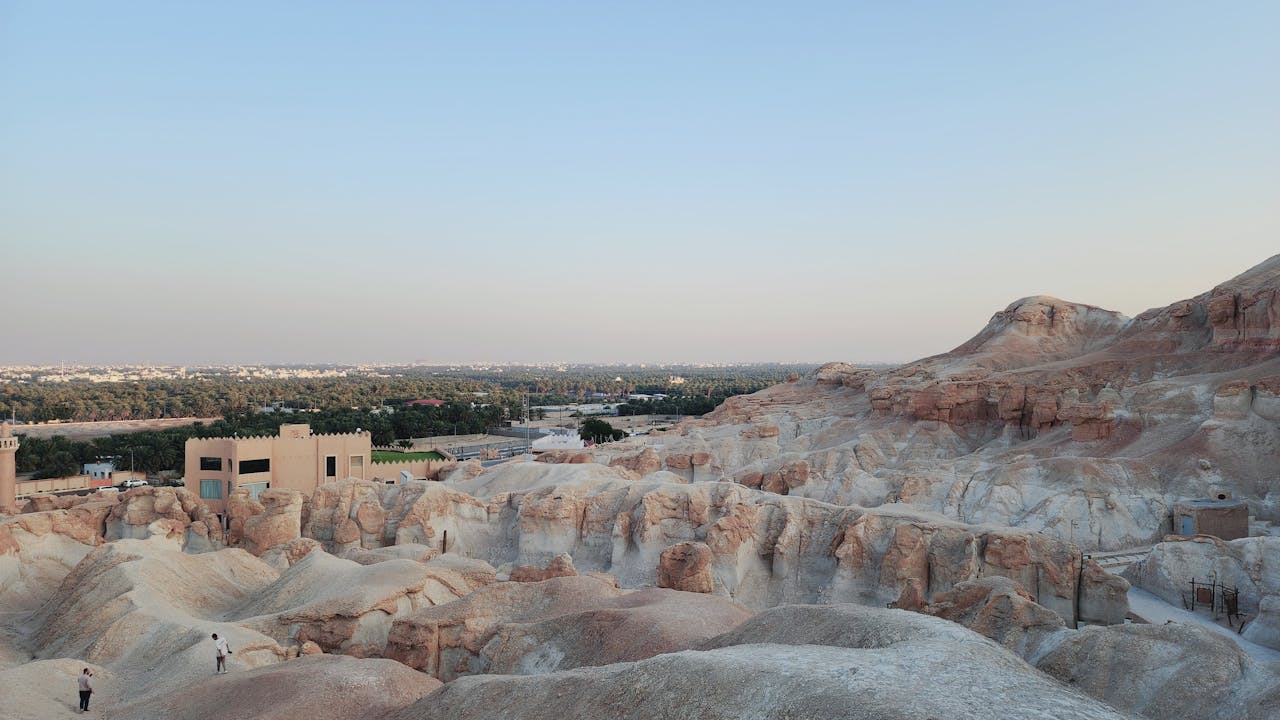Spelunking, also known as caving, offers adventurers an opportunity to descend into the hidden world beneath the Earth’s surface, exploring caves, caverns, and underground passages filled with stunning rock formations, intricate formations, and unique ecosystems. In this comprehensive guide, we’ll delve into the captivating world of spelunking, exploring the history, techniques, equipment essentials, safety considerations, destinations, and unforgettable experiences that await those who dare to venture underground.
History of Spelunking:
The history of spelunking dates back thousands of years, with early humans exploring caves for shelter, resources, and spiritual significance. Over time, caves have played a central role in human culture and mythology, serving as sacred sites, burial grounds, and sources of inspiration for art and storytelling. In the modern era, spelunking has evolved into a popular adventure activity, with explorers and adventurers seeking out caves and caverns around the world to experience the thrill of underground exploration and discovery.
Techniques of Spelunking:
Spelunking requires a blend of physical fitness, technical skill, and mental fortitude to navigate the challenging and often treacherous terrain of caves and caverns. Techniques include rappelling into vertical shafts, traversing narrow passages, crawling through tight squeezes, and ascending steep climbs using ropes, ladders, and climbing gear. Spelunkers must also be proficient in route-finding, navigation, and wilderness survival skills to navigate the maze-like passages and darkened chambers of caves safely and efficiently.
Equipment Essentials:
Having the right equipment is crucial for a successful spelunking expedition, as caves present a range of unique challenges and hazards that require specialized gear and tools. Essential equipment includes helmets with mounted headlights for hands-free illumination, sturdy footwear with grippy soles for traction on slippery surfaces, and durable clothing layers for protection against abrasions, moisture, and temperature fluctuations. Other essential gear includes harnesses, ropes, carabiners, and descenders for rappelling and vertical climbing, as well as navigation tools such as maps, compasses, and GPS devices to navigate through complex cave systems.
Safety Considerations:
Safety is paramount in spelunking, as caves can be dangerous and unforgiving environments with hazards such as loose rock, unstable footing, low ceilings, and confined spaces. Before embarking on a spelunking expedition, participants should undergo comprehensive training in cave safety and rescue techniques to develop the knowledge, skills, and confidence necessary to navigate caves safely and respond to emergencies effectively. It’s essential to assess and mitigate risks such as rockfall, flooding, hypothermia, and exhaustion, and to communicate openly and effectively with your spelunking team to ensure everyone’s safety and well-being.
Destinations for Spelunking:
Spelunking can be enjoyed in a variety of destinations around the world, each offering its own unique blend of caves, caverns, and underground landscapes to explore. Popular spelunking destinations include Mammoth Cave National Park in Kentucky, USA, home to the world’s longest known cave system with over 400 miles of explored passages, chambers, and tunnels. In Mexico, the Yucatan Peninsula is renowned for its cenotes, underwater sinkholes and caverns filled with crystal-clear water and stunning rock formations, offering a unique and surreal spelunking experience. Other popular destinations include the caves of New Zealand, the limestone karst landscapes of Vietnam, and the volcanic caves of Hawaii, each offering a chance to explore the hidden world beneath the Earth’s surface.
Spelunking offers adventurers a chance to experience the beauty, mystery, and wonder of the underground world in a deeply personal and transformative way. From the thrill of descending into a vertical shaft to the awe-inspiring beauty of illuminated stalactites, stalagmites, and flowstone formations, each moment in a cave is filled with a sense of wonder and discovery. Spelunkers may encounter unique ecosystems, such as cave-dwelling animals, bacteria, and fungi adapted to life in the darkness, as well as archaeological artifacts, fossils, and geological formations that offer clues to the Earth’s ancient history. As spelunkers emerge from the depths of the cave and into the light of day, they carry with them memories of adventure, exploration, and discovery that will last a lifetime.




